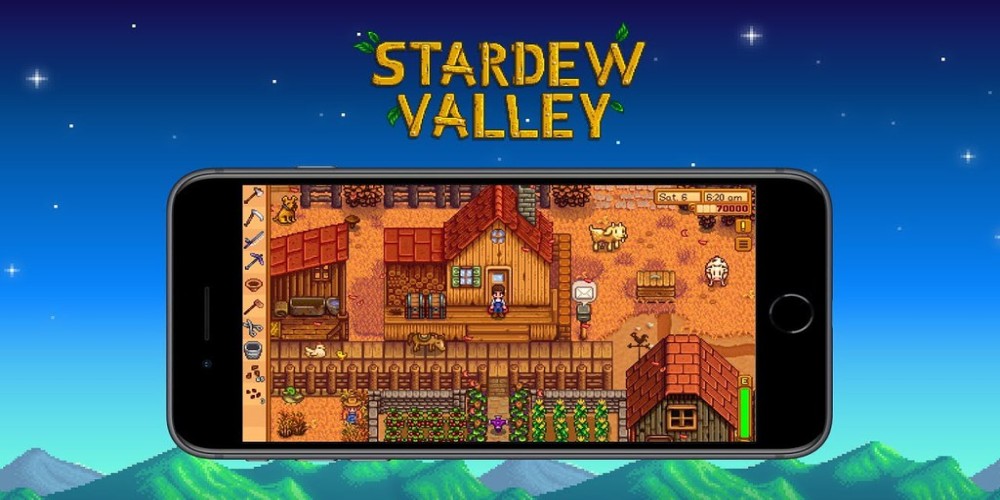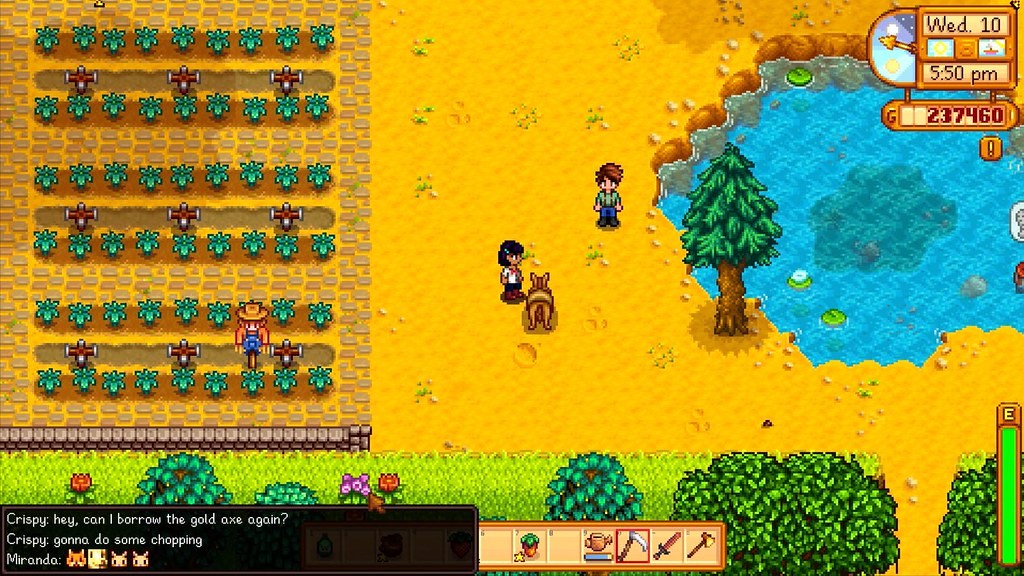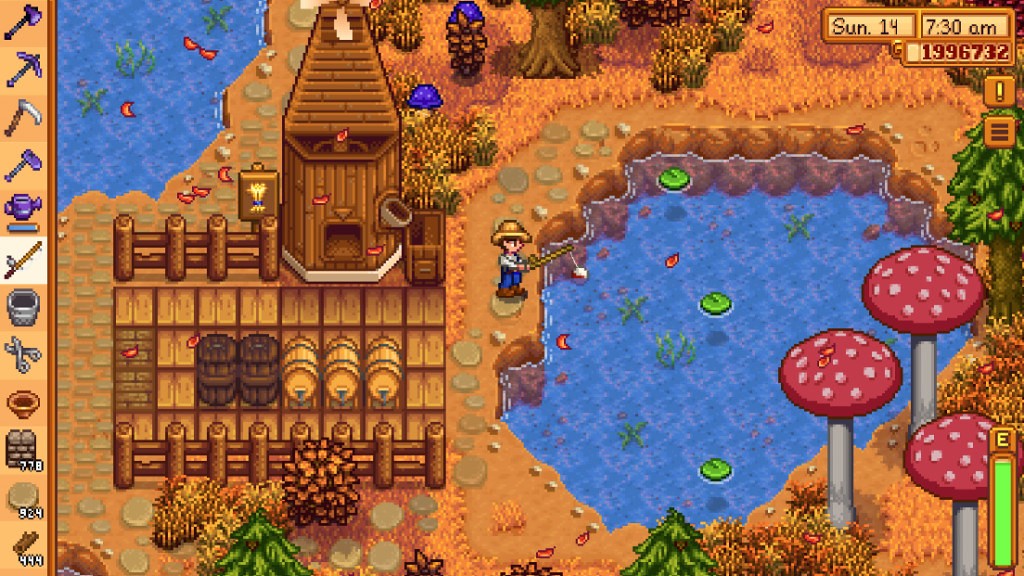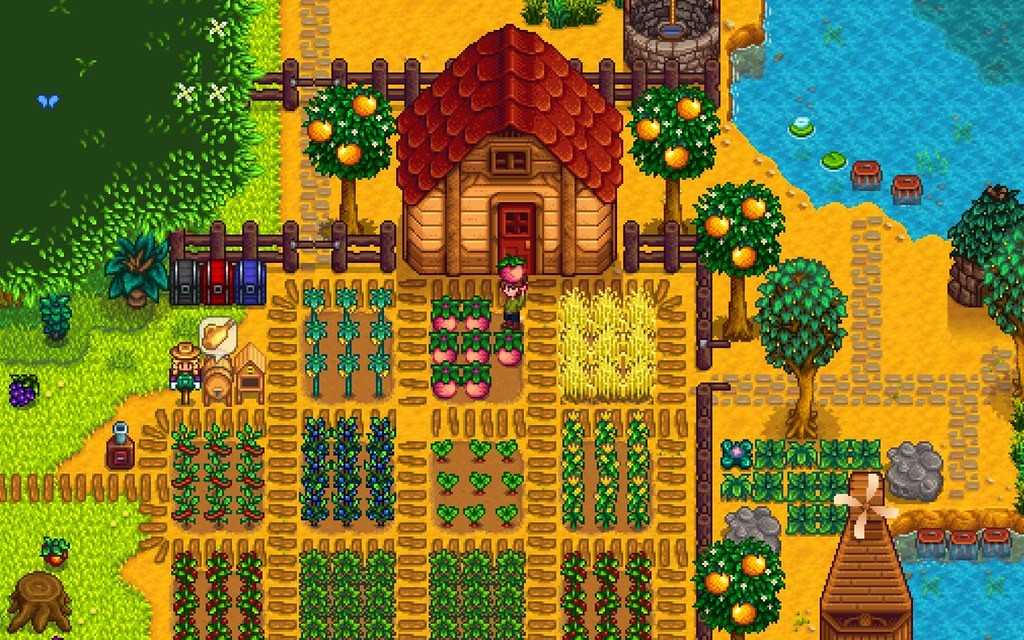Cultivating Success in Stardew Valley: Your Comprehensive Guide to Starting Your First Farm
- Jan 01, 2024
- 155

Embarking on the pastoral adventure of Stardew Valley, players find themselves in the lush world of Pelican Town, a place where dreams of agricultural mastery can take root. For those about to till their first plot of virtual land, the journey from a humble patch of dirt to a thriving farmstead can be both exhilarating and daunting. This step-by-step guide will provide you with essential tips and strategies to establish a flourishing farm, ensuring your transition from greenhorn to seasoned agrarian is as smooth as possible.
Choosing Your Farm Layout
Before you can plunge your virtual hands into the rich soil of Stardew Valley, you must first select the farm layout that suits your playstyle. There are several options available, each with its unique advantages and challenges. The standard farm offers ample space for crops and livestock, making it an excellent choice for beginners who wish to focus on traditional farming practices. Meanwhile, the Riverland farm, with its abundant waterways, is perfect for aspiring anglers, and the Forest farm provides foragers with a bounty of renewable resources.
Once you've chosen your farm layout, take a moment to familiarize yourself with the land. Explore the nooks and crannies of your new property, noting the locations of water sources, potential tillable land, and obstacles such as large rocks or stumps that will require tools to clear. Planning the layout of your farm early on will save you time and energy in the long run, allowing you to maximize your daily activities and productivity.
Tilling the Soil and Planting Your First Seeds

Now that you've acquainted yourself with your new home, it's time to break ground on your farming venture. Tilling the soil is your first act as a fledgling farmer, preparing the land to nurture the seeds that will grow into bountiful crops. The hoe is your tool of choice for this task, turning over the earth and creating fertile plots ready for planting. Starting with a small, manageable patch of land is advisable, keeping in mind that each crop requires daily watering to thrive.
Once your soil is tilled, it's time to plant your first seeds. Seeds can be purchased from Pierre's General Store in town or occasionally found as foraged items. Consider starting with seasonal crops, such as parsnips in the spring, which have a short growth cycle and will yield a quick return on your investment. Planting a variety of crops not only adds visual appeal to your farm but also diversifies your income streams. Remember to water your plants diligently each morning, as neglecting them can result in a loss of time and resources.
Investing in Tools and Upgrades

As you settle into your farming routine, you'll quickly realize the importance of efficient tools. The basic set provided to you at the start of the game will suffice initially, but investing in upgraded tools is crucial for expanding your farm. Upgrades can be obtained from Clint the blacksmith, and they require both money and raw materials like copper, iron, and gold. Upgraded tools can till more soil, water more plants, and break tougher materials, allowing you to work more effectively.
While it might be tempting to spend your hard-earned gold on new seeds or decorations, prioritizing tool upgrades can significantly boost your productivity, leading to greater profits in the long run. Consider upgrading your watering can or hoe first, as these will have the most immediate impact on your daily farming operations. Additionally, keep an eye out for rare resources like geodes, which can be cracked open by Clint to reveal valuable minerals and artifacts that can be sold or donated to the local museum.
Building Relationships and Exploring Pelican Town

Farming in Stardew Valley isn't just about cultivating crops; it's also about cultivating relationships. The residents of Pelican Town each have their own stories and personalities, and building friendships with them can yield valuable rewards. From gifting homegrown produce to participating in town events, engaging with the community is a vital part of the Stardew Valley experience.
As you interact with your neighbors, you'll unlock heart events that provide deeper insight into their lives and can even lead to romantic relationships. Additionally, exploring Pelican Town and its surroundings will uncover hidden areas, secret items, and additional opportunities for farming and foraging. The town's community center, once bustling with activity, now lies in disrepair and awaits a dedicated farmer to restore it to its former glory through a series of bundles requiring specific items.
In conclusion, setting up your first farm in Stardew Valley is a journey filled with discovery, growth, and the simple joys of rural life. By selecting the right farm layout, carefully managing your crops, investing in essential tools, and fostering relationships within the community, you'll transform your initial patch of land into a thriving agricultural enterprise. Remember, farming is a marathon, not a sprint, and each day brings new opportunities to learn and expand. With patience, planning, and a touch of green-thumb intuition, your Stardew Valley farm will become the envy of Pelican Town.